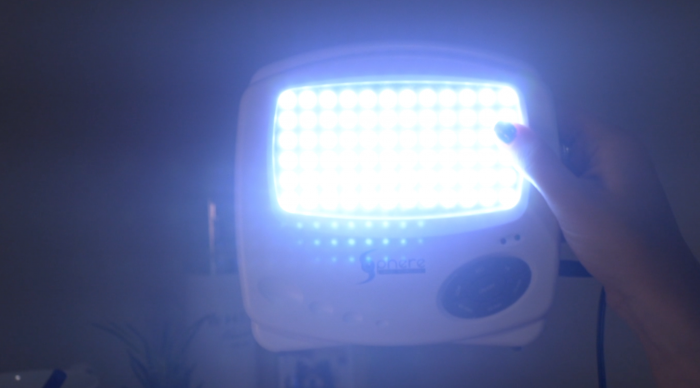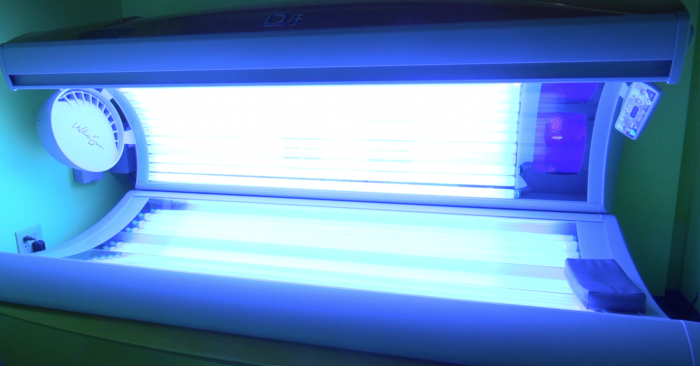The temperature drops, the leaves fall and the clouds cover the sun. It’s December in Indiana.
Finals are nearing and IU students are stressed. The gloom eventually stops as the holidays roll around, but for some the glum feeling stays. Fatigue and depression set in, as one IU student found it difficult to motivate herself to get out of bed, spend time with friends and find energy to workout.
“My friends were all like, [Sabrina] what’s wrong with you lately,” says IU junior Sabrina Santoni. “As it starts to get colder, I noticed I am more groggy in the morning when I wake up and I have trouble falling asleep at night.”
The cause of her symptoms is not due to the cold; instead, it’s due to the lack of daylight. It’s called Seasonal Affective Disorder.
According to IU psychology professor Julia Heiman, SAD is mainly due to a shift in chronobiology, which is the way our bodies react to the solar and lunar systems. When the daylight hours are shorter, and the weather is cloudier, those with SAD feel tired and down as serotonin levels drop.
Phototherapy is a way to treat SAD, along with antidepressants or meeting with a therapist. Phototherapy is using at least 10,000 lux of light while emitting as little UV as possible. A light box, or “happy light” is one of these methods. Those using a light box sit with the light shinning on their face for up to an hour.
For Santoni, a different method works best. She uses a tanning bed to treat her symptoms.
“Being tan in general just makes me feel so much better about myself.”
Most doctors do not recommend using a tanning bed, due to the harmful UV light. Santoni knows the dangers of using a tanning bed, but says it’s better than feeling depressed.
“If you can balance it within reason, and go tanning every once in a while, just something like that really picks me up.”
However, it’s important to note SAD lacks empirical evidence. There are discrepancies among psychologists who believe SAD to be real, and those who fail to link the disorder to sun exposure. Most say it exists, although it’s less common than non seasonal depression.
For Santoni, and many others who use phototherapy, their fatigue and gloom disappear after using these methods.
Up to 20 percent of the population may have variations of SAD.




